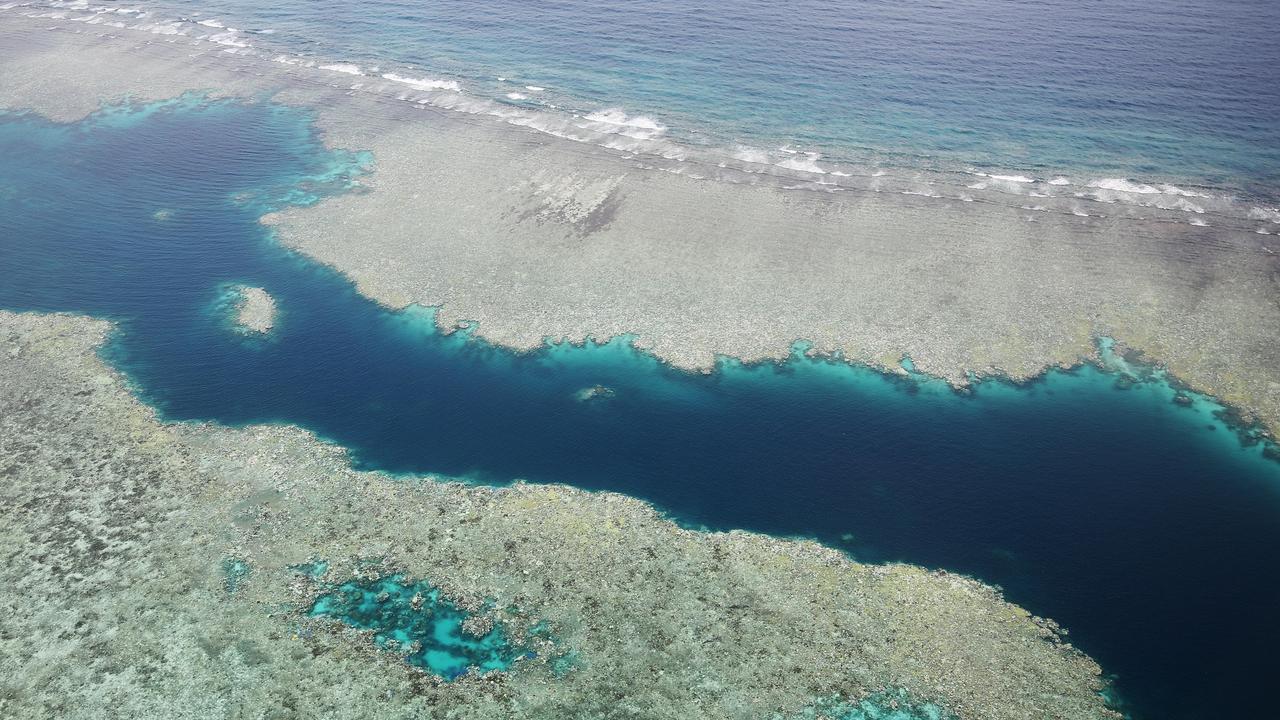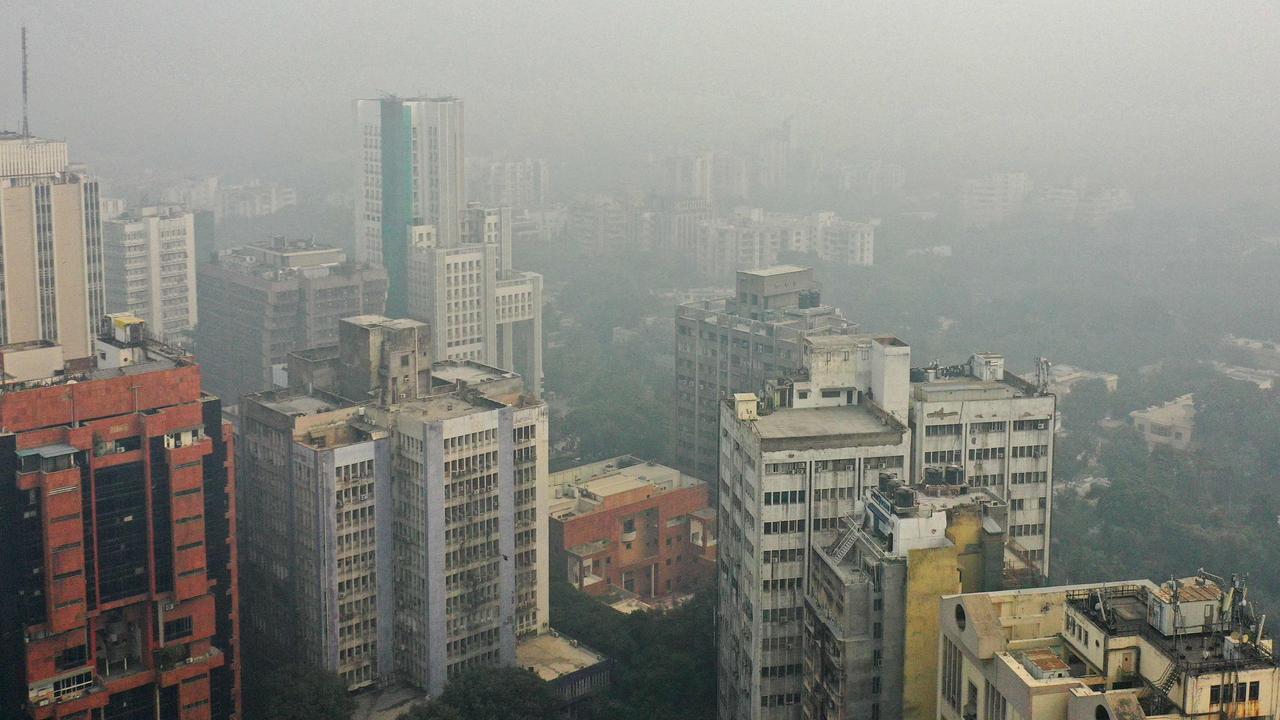NSW floods: More than 15,000 may have to flee their homes as weather conditions deteriorate
Another 15,000 NSW residents could be forced to flee their homes as rising floodwaters threaten properties and weather conditions deteriorate.
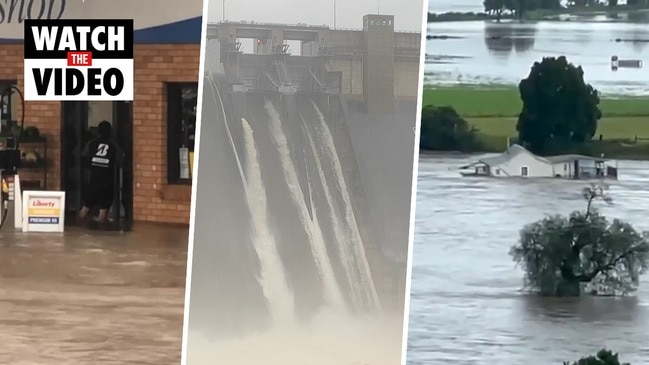
The NSW Premier has warned thousands more residents could be forced to evacuate, as more flash flooding and dangerous weather conditions continue to threaten homes.
Gladys Berejiklian said the majority of those people were located around the Colo and Hawkesbury rivers, but she also raised concerns for the north coast, particularly around Grafton.
“As we advised yesterday about 18,000 people have been evacuated, and, regrettably, we now have warnings for an additional 15,000 people that may need to be evacuated,” she told reporters on Tuesday morning, stating conditions had “worsened”.
“If you have been asked to be on alert for evacuation, please get together your precious belongings, make sure you are safe and are ready to leave at very short notice.”

Those 15,000 residents have been told to prepare to evacuate, potentially within the next two days if conditions worsen.
“We have several weather fronts impacting a huge area of the state. It’s catastrophic in its dimensions and the impact will be severe,” Ms Berejiklian said.
“The fact 15,000 people may need to be evacuated within the next 24 to 48 hours is a huge concern.”
Her announcement comes as hundreds of residents along the Colo River could be forced to evacuate via helicopter or boats.
The warning impacts more than 500 residents across 200 homes who will be helped out of the area immediately.
“If you do not leave when asked to it will be too dangerous to stay and you may be trapped without power, water and other essential services,” the NSW SES said in a statement.
We have just issued a FLOOD EVACUATION WARNING for Colo River - Upper Colo, Lower Colo, Colo Central and Wheeny Creek, stay up to date with all our warnings https://t.co/t578A4Mkg8pic.twitter.com/QzBULAWQar
— NSW SES (@NSWSES) March 22, 2021
“Roads out of the valley are already cut by floodwater. We will be using boats and helicopters to relocate people from the valley.”
Residents in parts of Sydney and the NSW mid-north coast were given middle-of-the-night evacuation orders on Monday as rivers in the state threatened to burst their banks.
NSW Police Minister David Elliott said more than 9500 calls for assistance had been made in the last 24 hours alone.
He said about 850 calls were for flood rescues.
“We are statistically crawling towards the inevitable fatality (and) that must be avoided,” he said.
Flooding in the Hawkesbury Nepean Valley is the worst in Sydney’s west since the 1961 Penrith flood.
And the Bureau of Meteorology (BOM) warned the situation is “far from over”.
There are dozens of flood warnings in place in NSW and a severe weather warning for heavy rainfall, damaging winds, damaging surf and high tides.
Areas of concerns include the Northern Rivers, Mid-North Coast, Hunter, Metropolitan, Illawarra, South Coast, Central Tablelands, Southern Tablelands, North West Slopes and Plains, Snowy Mountains, Australian Capital Territory, Northern Tablelands and parts of Central West Slopes and Plains, South West Slopes and Upper Western forecast districts.

RELATED:Kempsey to go under water
In Kempsey, on the mid-north coast, the Macleay River is expected to break its levee around midday on Tuesday. That would send the town’s CBD under water.
Ms Berejiklian said on Monday she was “extremely worried” about the situation there.
“There are parts of the mid-north coast we are extremely worried about, including Kempsey and Taree,” she told reporters on Monday.
Some nearby towns had been completely cut off from the rest of the community by the floods, requiring helicopters from Kempsey Airport to fly by and drop off supplies like milk, bread and nappies.
Those towns included Crescent Head, Hat Head, Southwest Rocks, Smithtown and Gladstone.
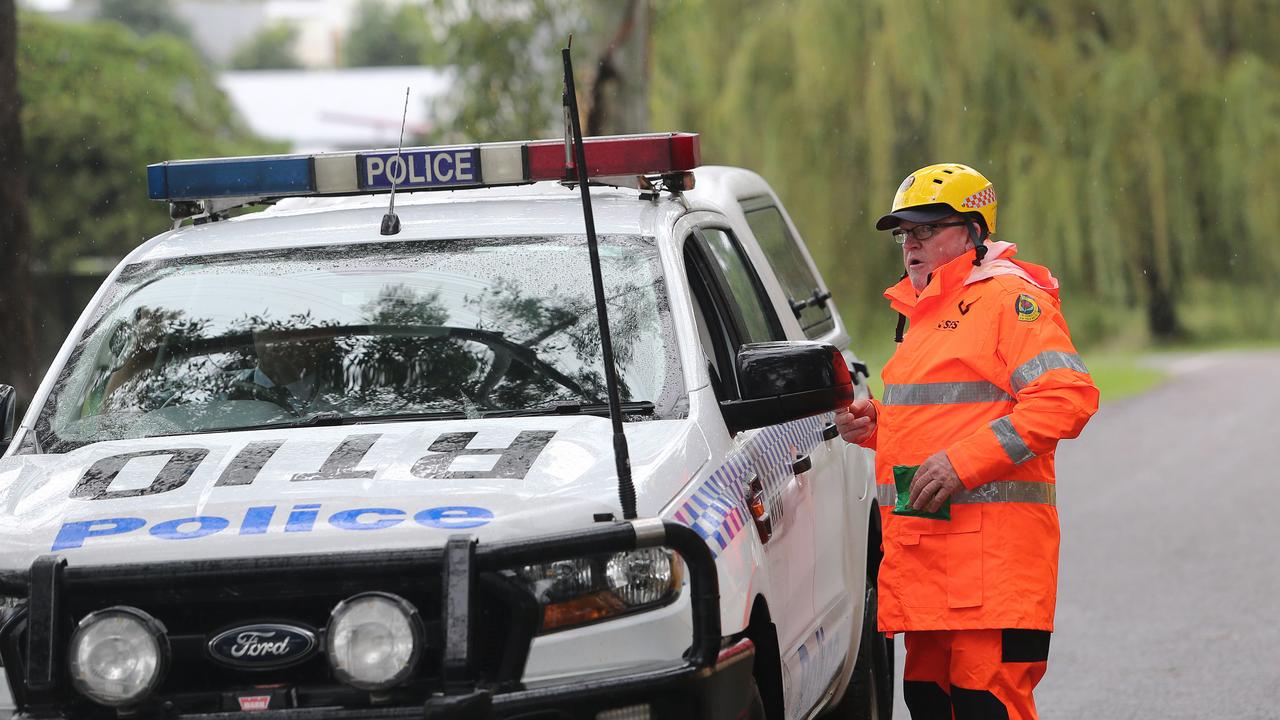
Since Thursday, the area had copped close to 900mm of rain.
The Nepean River at Penrith peaked at 10.05m on Sunday night, its highest level in 40 years, the weather bureau said in a statement early on Monday morning.
The bureau warned the danger wasn’t confined to the coast – the state’s west is expected to be hit by heavy rain too.
NSW State Emergency Service Commissioner Carlene York said a heavy front was moving into western parts of NSW from Queensland.
Weather conditions are expected to ease from Tuesday, but there are fears the rivers will continue to rise.
Prime Minister Scott Morrison warned on Tuesday the weather system was “dynamic and complex” but commended the NSW government for its “excellent” planning.
He confirmed NSW had already been provided two search and rescue helicopters, and the federal government would assist the clean-up effort.
“No lives to this point have been lost thankfully, we pray that will continue to be the situation. We still have no persons missing as well,” he said.
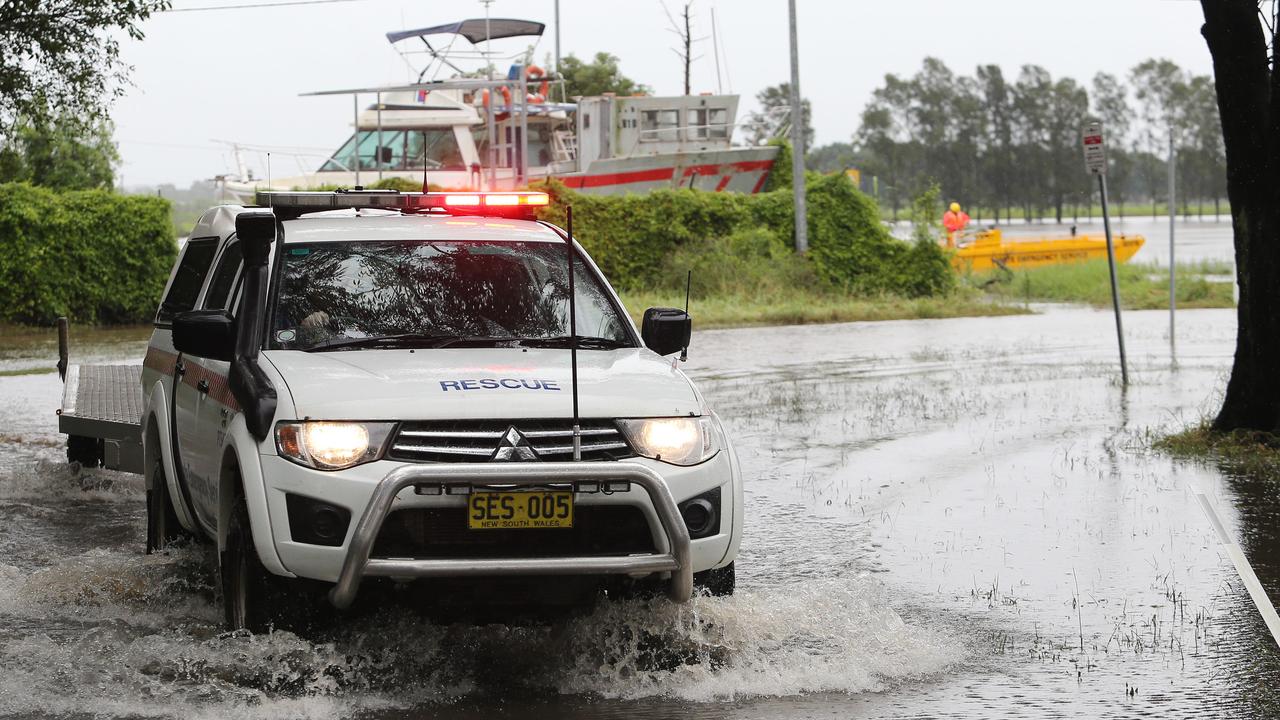
“Amongst all of this terrible tragedy and loss that is there, thankfully we have not seen that as yet.”
He advised people impacted by the floods could eligible for an assistance payment - $1000 for adults, and $400.
“Your claim will be processed on the phone, there will not be a need to get all those administrative processes as we did during the bushfires, you will get access to that as soon as possible.“Services Australia have surged their support in call centres and other places to ensure they can meet the demand that comes through,” he said.
“We have very competent agencies in our state. They do an excellent job in these situations.
“Where they need additional support it will come, and it will flow quickly, but I want Australians to feel confident … the state agencies and authorities are tasked with this bill responsibilities are very good at their job.”
Read related topics:Weather



